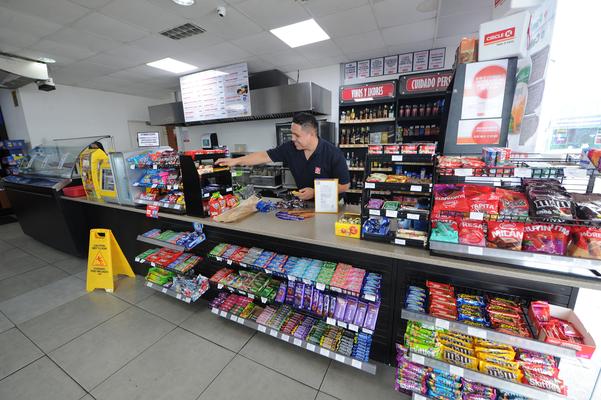Rethinking the traditional department store format
Visiting a traditional department store often goes something like this: entering the building through a wide corridor, finding yourself among counters of makeup and perfume brands where customers are sprayed with the latest fragrances, and dodging aggressive sales consultants ready to serve you In the adjacent corridors there are display cases with bags, accessories and gifts, mainly aimed at tourists and foreigners. Upstairs is menswear or womenswear, a large floor where the various retail brands distribute collection after collection following a shop-in-shop formula. Above the trendy floors may be the home, tech or book section, often quieter spaces under the building's bar or restaurant on the top floor. This is traditional, however, this format is on the decline and no longer attracts the same amount of clients that it did in its best days.
The pandemic radically changed the way of consuming for customers who frequented traditional department stores, which explains the slow recovery process that these businesses are undergoing. The changes and challenges to the format have been noticeable for years, causing key players in the sector such as BHS Debenhams, JCPenney, Sears, Barneys, Neiman Marcus and Hudson's Bay among others from a long list, to face bankruptcy. , liquidation, closures, changes of owners and payment methods. Dubbed the “lagged heirs,” the various departments saw an 18 percent drop during the pandemic, one of the highest in the industry. And those floors full of clothes suffered a 25 percent drop in sales.
Have they left their good days behind?
Despite the reopenings, footfall in department stores remains low. The question we must ask ourselves is how these stores, with the changes introduced by COVID, are going to meet the needs of the new normal? Shopping behavior will eventually stabilize once the pandemic becomes part of everyday life, but what remains to be seen is which retailers will attract the most interest from consumers.
the original market
Department stores were once the destination where customers went to find everything they needed in one place. But with the advent of online commerce, practically everything can be found on the internet, not to mention the other businesses with which they share the main shopping streets. Without a significant level of differentiation, there is too much monotony and too little innovation. Generations Z and Y are a value-focused generation that places importance on experiences, sustainability, and authenticity. They should be a major focus of any retailer's strategy.

A new era of retail
Consumers have increased their expectations regarding omnichannel experiences, a new form of consumption that uses different communication channels to strengthen the relationship between the online and the offline world. From delivery on the same day, to choosing when, where and how to receive the products, even buying in the store itself. The most innovative retailers are testing new formats, using their spaces to launch different store concepts, keeping part of their traditional departments and transforming the other into hybrid showrooms and most importantly, offering a greater mix of products to attract consumers. back to the shops.
less fashion
Not everything a retailer sells has to be found in their physical store. Shifting to a digital-first strategy, companies are looking to test whether their customers are loyal to the brand or concept. Marks & Spencer reduced their sales of formal wear, and instead of offering it online, recognizing that demand in this category has decreased but will always be needed, they have stopped offering it and customers will have to look for it in other stores.
In addition, the pandemic was a wake-up call to eliminate what we do not need: closets full of clothes that we rarely use. Buying all the trends, attracted by cheap prices, has lost its charm and has proven not only to be unsustainable, but also to be harmful to us and to the planet.
The catalog changes a lot to attract new customers while keeping old ones. Demands in changing categories such as the rise of home furnishings, experiential retail spaces, less beauty of the old in-store but more wellness and personal care will resonate with the consumer in this new age. In short, offer less of the same.
In fashion, exciting capsule collections and exclusivity-focused collaborations between brands will have more impact than their retail precedents. With luxury brands shrinking wholesale accounts, finding new ways to work with big-name brands is also a good opportunity to discover new channels, lesser-known designers, a narrower reach, and own-brand collections.
Focus on the local
Local shoppers move for convenience, and as you know, many department stores reward local shoppers for their loyalty. By leveraging their powerful position and actively listening to what their customers want, they will be able to not only exceed their expectations but also secure a post-Covid future.
The shift to online commerce has seen major global companies like Amazon, Alibaba and Walmart outperform any retailer in innovation and technology, creating addictive shopping experiences and collecting data that enables them to continually improve customer service.
What they don't have, however, is the interpersonal relationship and physical handicap of our beloved department stores. Convenience aside, department stores offer a place of exchange, connection, and experience that is unmatched by clicking the add-to-cart button.
This article has been previously published on FashionUnited.UK and translated into Spanish by Alicia Reyes Sarmiento.


